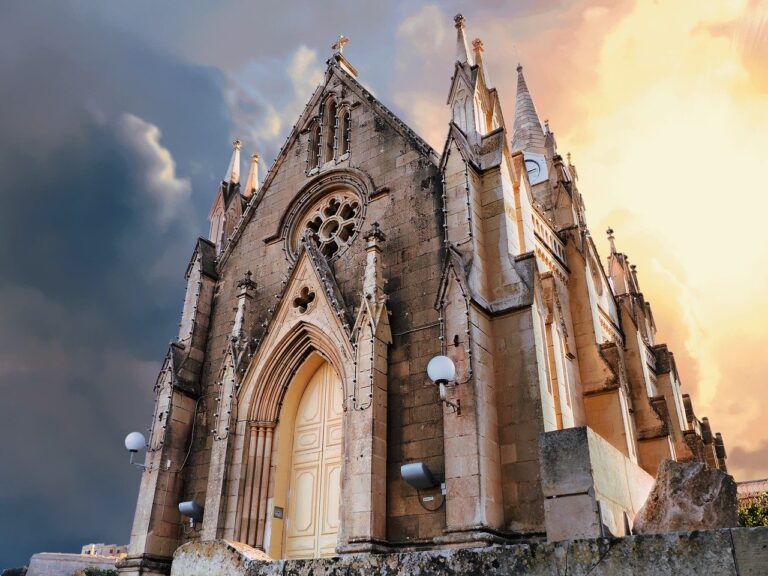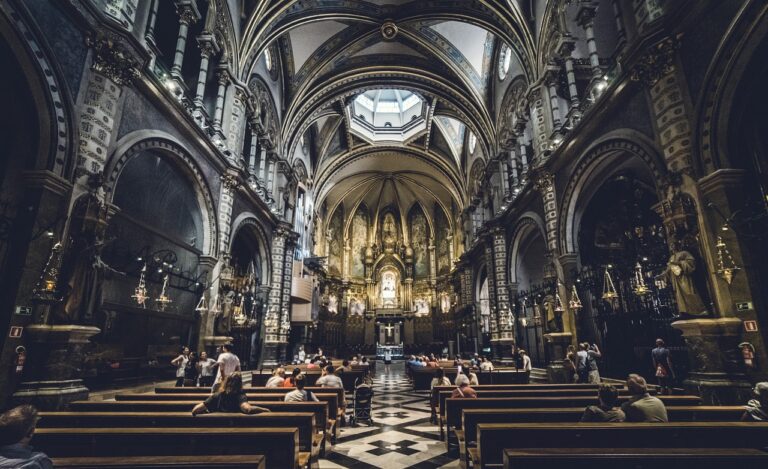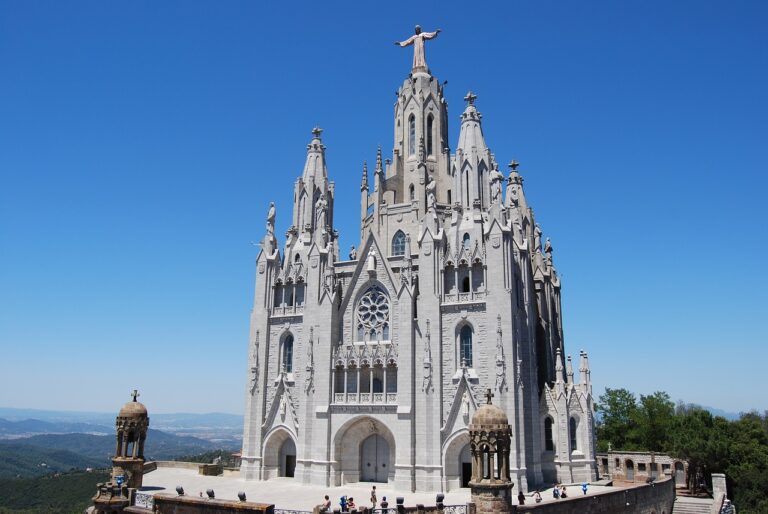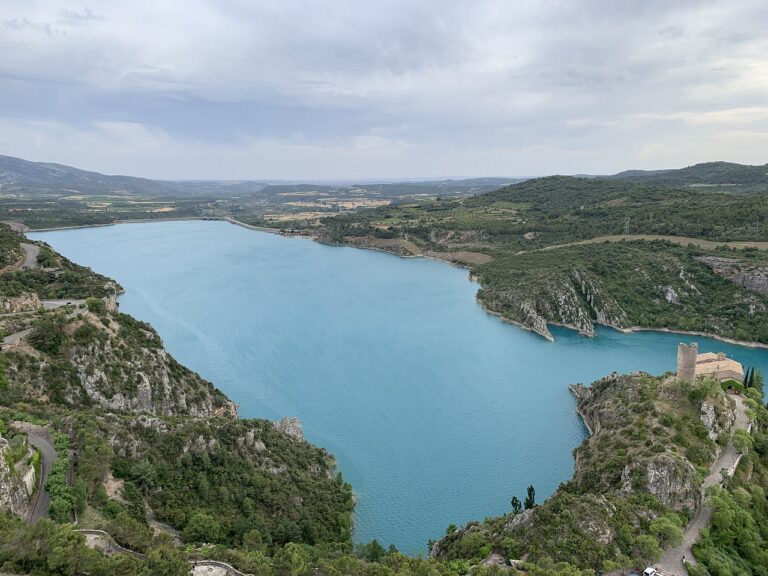Pilgrimage along the Marian Trail
Day 1 – arrival
Flight Poland / Barcelona.
Day 2 – Barcelona- Montserrat Barcelona – sightseeing of the city and admission to the Sagrada Familia Basilica, which arouses extreme emotions among architects and tourists. It is one of the most characteristic buildings in the world. The Sagrada is the personification of Nature – the greatest work of God – it contains symbols referring to four “kingdoms”: plants (stone forest of columns), animals (ornamentation), minerals (stained glass windows) and man (sculptures and columns symbolizing ribs).
Sanctuary of Montserrat: the monastery and basilica on the Montserrat hill is not only a place of worship of the Black Madonna. It is an important center of Catalan culture, as well as an important place in the history of the Iberian peninsula. The statue of Montserrat attracted pilgrims eager for graces, but also the location of the monastery was conducive to the stay here of those who were looking for spiritual consolation. Ignatius Loyola among others repented here.
Day 3 – Montserrat- Principality of Andorra (land of the Pyrenees) Andorra – in a nutshell, an example of Romanesque architecture, the history of the country and beautiful landscapes. In the middle of the Duchy, surrounded by nature and beautiful places, is the Shrine of Our Lady of Meritxell, to which Pope Francis has given the worthy title of “Minor Basilica”. In Polish guides, the sanctuary is compared to Jasna Góra, because it is a center of pilgrimages, a center of religious worship and cultivating national tradition. Andorran custom dictates that the child be brought before Our Lady of Meritxell before he is one year old. Mary of Meritxell is mentioned as particularly venerable in the Andorran national anthem.
Day 4 – Principality of Andorra – Lourdes France
Lourdes- the largest in France and one of the largest in the world Marian shrines. The place that gave rise to such a great cult is the Grotto of Massabielle. In 1864, a statue of the Mother of God was placed in it. The inscription “I am the Immaculate Conception” are the words with which Mary addressed the girl. In the Grotto there is a source of water that appeared during the apparitions. From the beginning of the apparitions, miraculous healings followed her. Currently, the sanctuary has an area of 52 hectares and consists of 22 objects.
Day 5– Lourdes
Continuation of sightseeing in the city of Lourdes. An opportunity to participate in celebrations and events such as: rosary and Holy Mass in the Grotto, Procession of the Blessed Sacrament, Marian Procession with processions or the possibility of a trip to the Caves of Betharram.
Day 6 – Lourdes-Torreciudad Spain
The Sanctuary of Torreciudad is a Marian shrine in Spain, located 75 km from the city of Huesca, at the foot of the Pyrenees. The present temple was consecrated on July 7, 1975 and was created thanks to the efforts of St. Josemarí Escrivá de Balaguer – the founder of Opus Dei. In this way, he decided to thank Mary for saving his life when he was still a small child.
Transfer to Barbastro – the city lies in the district of Somontano de Barbastro, the land of world-famous wines with a protected designation of origin. Barbastro is also a natural gateway to most of the Sierra de Guara range. The local buildings include the cathedral (XVI century) inscribed on the list of historical and artistic monuments. In its vicinity you can visit the Archaeological Garden with valuable exhibits from the XII-XVIII centuries, the Diocesan Museum, the Bishop’s Palace or the San Julián complex telling the history of Barbastro.
In the afternoon, visit Alquézar – one of the magical places on the map of Aragon. The picturesqueness and beauty of the medieval architecture of this town made it inscribed on the list of the most beautiful villages in Spain (La Red de Los Pueblos más Bonitos de España). The most important monument of Alquézar is the church erected on the site of the castle from the ninth century, the so-called Colegiata de Santa María la Mayor.
Day 7 – Barbastro – Saragossa Spain Saragossa – the capital of Aragon. The Old Town of Saragossa depicts the Mudéjar style, in which the influences of Arabic and Christian architecture (Romanesque and Gothic styles) intersect. Thanks to this, the old town has been inscribed on the UNESCO World Heritage List. The most important monument of Saragossa as well as one of the most important temples of the Catholic world is Nuestra Señora del Pilar – a basilica from the turn of the seventeenth and eighteenth centuries, with frescoes by Francisco Goya; a pilgrimage destination to the statue of the Blessed Virgin Mary on the Column, the patroness of Spain.
Day 8 – departure




